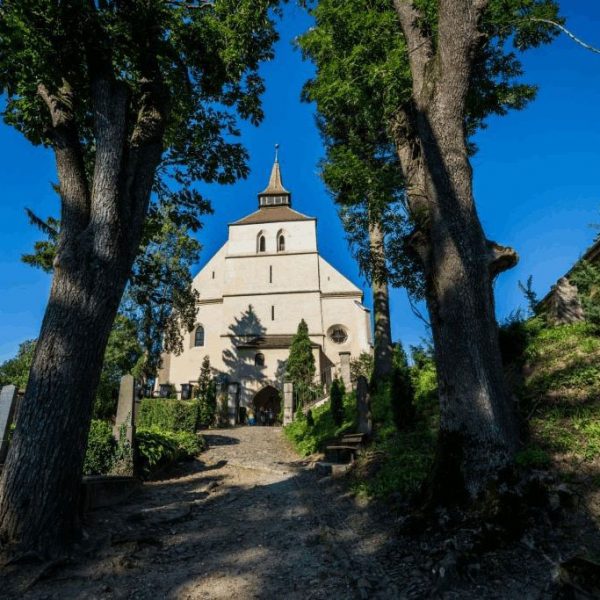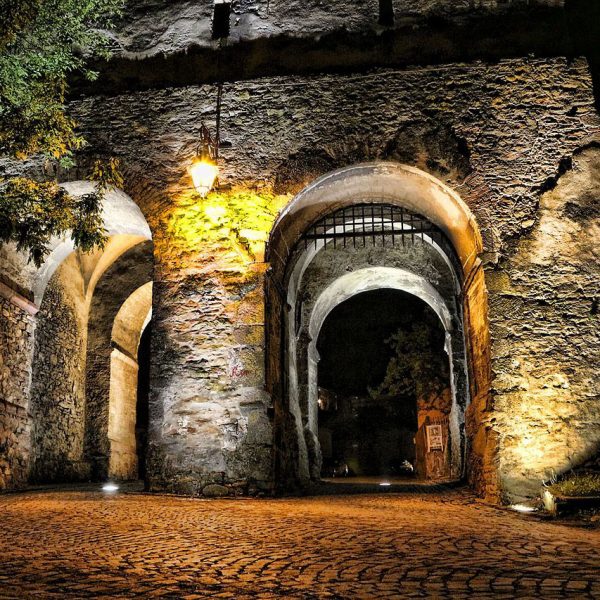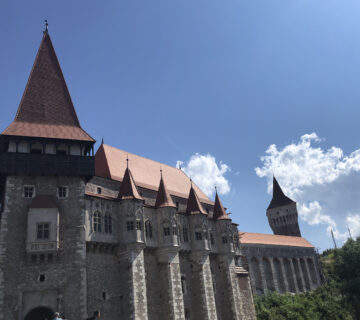Join us in Romania where a UNESCO-designated, still inhabited, patrimonial estate in the heart of Transylvania will host our next conference.
If you consider coming to the IE conference, Creating learning landscapes through heritage interpretation, from 12-15 May 2023, here is what you will experience first-hand. Sighisoara, the conference venue, is a jewel, as well as old traditional Saxon villages of Transylvania in the surrounding area. While we’ll discuss how heritage sites can adopt UNESCO principles for value-based interpretation, we’ll be visiting Romanian UNESCO-designated sites and other initiatives, where participation and community involvement is at the heart of their endeavors for presentation and interpretation of heritage. You certainly don’t want to miss an opportunity to visit the most authentic and renowned treasures of natural and cultural heritage in Romania.
Sighisoara is a small town in Transylvania whose historical centre preserves, as in a time capsule, the traces of German craftsmen and merchants known as the Saxons of Transylvania. It was included on the UNESCO World Heritage list in 1999 and is the only inhabited medieval fortress in Romania, and one of only a few of its kind in Europe.
The uniqueness of the place is given by how Central Europe’s culture is integrated into Eastern Europe’s culture. The city’s history began in 1367 when the village was declared a city. At that time, the town was defended by a powerful fortress with 14 towers and four bastions. A simple walk through the city gives you the feeling that a time journey is possible. Narrow streets paved with stone, winding among the imposing, colorful buildings with medieval air from the time when the fortress was filled with the bustle specific to guild shops and workshops.
Does Dracula sound familiar to you? Well, it was inspired by a Wallachian voivode, Vlad Țepeș, born here in 1431, that turned the fortress into a well-known place on the map. One more reason to discover the area and the real history behind a famous character worldwide.
It was a growing city until the 19th century. Due to its geographical position and architecture, it has earned the reputation of the ‘Pearl of Transylvania’. To give you an idea, the towering fortress stands watch over the valley of the river Târnava Mare and the hilly landscape of a unique charm. Moreover, the surrounding localities, small villages among the hills, also bear traces of the rational way the Saxons knew how to organise and defend themselves from invaders. The fortified churches of Biertan, Viscri and Valea Viilor also appear on the UNESCO Heritage list, providing an overview of the style of construction and organisation of life in the medieval period.
The beauty of the area, with its architecture, landscape and nature, impressed even the monarch who, in this period, caught the attention of the whole world. Prince Charles bought a house in the village of Viscri and used to spend a few days there from time to time.
Today, Sighișoara remains a multi-ethnic city. Romanians, Hungarians, Saxons and other nationalities continue to live here, imprinting a multicultural atmosphere. An evening in Sighișoara old Citadel offers an atmosphere similar to the great European capitals. But it also has that Balkan fragrance that you can find in the traditional food served in restaurants, or in souvenirs inspired by traditional Romanian art.
We look forward to welcoming you all to this special area to discover more about and discuss learning landscapes. We will have more details of the conference available soon.
Adina Popa is a member of the team responsible for organising the Interpret Europe conference 2023. She is a PR and communication specialist for Hateg Country UNESCO Global Geopark in Romania (www.hateggeoparc.ro). You can get in touch with her at: adina.popa@unibuc.ro.




